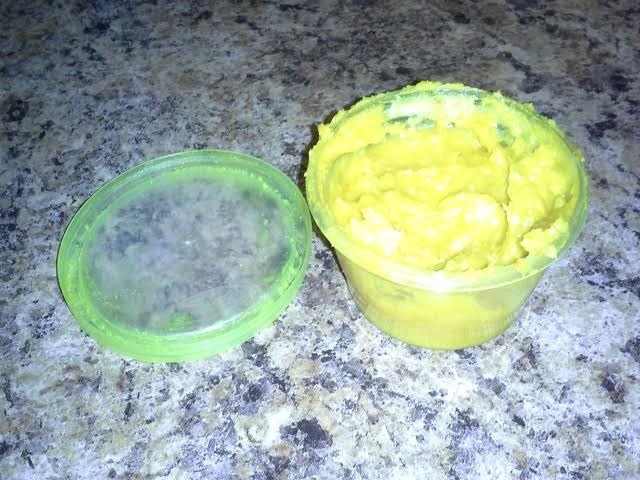
We hear a lot these days about the toxicity of the ingredients in many of our personal care products, including toothpaste.
Yet while the web is littered with recipes for safer homemade pastes, it may seem a little bit too “out there,” or even too much trouble to make our own.
Sticking with what we know is a human trait—but also, with our super-busy lives, popping a tube of Colgate into our shopping basket at the supermarket seems far more convenient than making our own.
Well, after two years on my to-do list, I finally learned that isn’t so.
Making toothpaste is actually quite convenient, as it’s quick and easy to make using household ingredients that are probably in your kitchen cupboard. (And while that’s not the number one reason why I tried it, it will probably be a top reason why I will continue to make it rather than buy it.)
Here are the three best reasons to give it a go:
1. As mentioned, it’s quick and easy. It takes just minutes to mix together the ingredients and transfer to a storage container ready for use.
2. Commercial toothpaste is bad for our health. Typically, most commercial toothpastes contain triclosan (a pesticide and hormone disruptor) and sodium lauryl sulfate (SLS), which makes our mouths nice and foamy, but can actually be an irritant to skin and gums. And it doesn’t stop there, with sodium fluoride, synthetic dyes, aspartame, propylene glycol (a mineral oil that is a skin, eye and lung irritant used in paint, enamel and antifreeze), diethanolamine (DEA—a hormone disruptor and potential carcinogen) and plastic microbeads also likely to be included in the toxic mix.
3. DIY toothpaste is good for your health. Not only does homemade toothpaste lack unsavory ingredients that are bad for us, but—depending on the ingredients we choose—it can actually help to improve our health.
The following is a list of safe ingredients to play around with:
Coconut oil—prevents candida in the mouth and there is some evidence that it may help reduce cavity-causing bacteria. (Some people swear it has a whitening effect on their teeth too.)
Baking soda—helps to neutralize the acidity of our mouths and also helps to whiten.
Crushed cacao nibs—compounds in cacao beans help to promote remineralisation (healing of oral cavities).
Xylitol—can counteract the bitterness of baking soda while also helping to reduce cavity-causing bacteria. (Just don’t use too much of it!)
Tumeric—anti-inflammatory wonder-spice, which also helps to whiten teeth.
Essential oils—peppermint gives your toothpaste the minty flavour we’ve been conditioned to expect and also helps to prevent gingivitis (as does a selection of other oils including orange, rosemary and eucalyptus).
I have been using two ingredients: coconut oil and tumeric. (I don’t like the taste of baking soda in commercial toothpastes so I left it out of my own.)
The small container pictured above lasted me about three weeks, and it took just one tablespoon of coconut oil and two teaspoons of tumeric. The tumeric will stain the corners of your mouth, but it’s easily wiped away. It will also stain your toothbrush, but that’s a small price to pay for eliminating all those toxins from your mouth.
Bonus: If coconut oil is included in your paste, then you can effortlessly combine brushing your teeth with oil pulling. This is something I’ve done on and off for a number of years, but can’t seem to include it in my regular daily routine. (I even kept the tub and a spoon in my shower to increase the likelihood of doing it, but that had a limited effect.)
But now, simply because the oil is already in my mouth, I find myself oil pulling after each morning’s brushing. (Note: whether oil-pulling or not, do not spit coconut oil down any drains as it can cause a blockage.)
There are other bonuses too, as making our own toothpaste saves us money and doesn’t add to the packaging waste mountain that is inevitable with commercial products.
All in all, we’ve a lot to gain by taking a couple of minutes to blend our own paste. And we also get to lose unwanted toxins. Both are a win in my book.
.
Author: Hilda Carroll
Image: Author’s own
Editors: Yoli Ramazzina; Catherine Monkman










Read 0 comments and reply